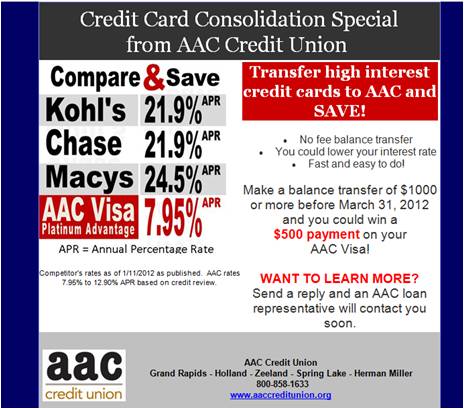Inevitably, in advising companies, the subject of how much information should be shared on the internet comes up. Invariability, I advise on the side of exposure and getting it out there.
Why?
Because in this world where up to 90% of B2B purchases are researched and "short list" decisions made prior to ever contacting a sales person/company, the danger of not being considered because you don't have adequate information available on the net is less than the danger of having competitors obtain your information.
They are as busy as you
Don't think your competitors aren't as busy as you. They've all been downsized, people are covering 2-3 internal jobs and they have their own product lines to get out and sales to make. They don't have time to monitor your activities and develop competitive responses.
Only in one billion dollar+ organization did I ever see anyone specifically devoted to competitive information and it was only one person. While the information was well organized, rarely did I see anyone use it to formulate a response (although the information was used in long term strategy development).
I recently completed an e-blast campaign where a client was worried that the competition would see our intellectual property. That effort yielded 158 leads which contained only 1 competitor from an obscure location downloading a white paper. They just don't have the time. Get the information out there so you can be "in the hunt"?.
Own the Matrix
Somewhere in your prospects' process somebody is going to throw your company/products into a comparison chart. If they do it, you have no control over the information and indeed may not even be included. It happens at all levels of business as evidenced from a recent e-blast I received from, of all entities, my Credit Union. While primitive in nature, they own the presentation, they chose the participants (notice there aren't any other CU interest rates) and they own the perception of superiority in interest rates.
My advice is to develop the matrix pro-actively and "own" the perception. No one else is in a better position to do so and, should the prospects adopt your competitive matrix as a starting point, you are in the leadership position.
Frame the Matrix
Don't forget the caveats and other comments that surround and help to explain the matrix as they are as important as the matrix itself. These statements allow you to overcome objections and to put your information/offerings in the best light. Think them through and craft them carefully:
Are they really secrets?
At a recent sales meeting where I was training on sales technique, the reps proudly stated how they had the competition's latest price list, training manual and new product introduction information and wondered if I wanted them. Everyone has "someone who knows someone" who can provide most of your secret information and trying to keep tabs on it all is like pushing a worm uphill. We all know it, but we continue to subscribe to the illusion that we have it all under control. We don't.
In this age of instant communication, better to get your information out there and utilized by your prospects than worrying about who sees it. Run hard, publicize the heck out of your new information and have the next phase ready to go within six months. With this strategy, few competitors will have the time to catch up.
Copyright © 2011 The Byers Group, LLC
Keeping Secrets Can Lose Sales
